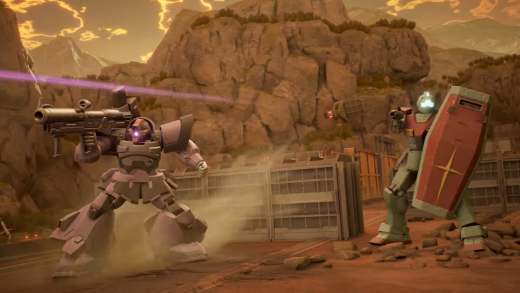
When you’re a kid, playing outside in the summer as the sun starts to set, you know that the worst thing possible is going to happen: A parent is going to call you inside. You don’t want to leave the playground. Playing open-world games, especially those like Cyberpunk 2077 and the most recent Fallout and Elder Scrolls games, can sometimes feel like that–a playground that we don’t want to leave, while the developers are our parents, trying to look out for us.
These games always offer a campaign of some sort–a story to play through that takes you through the major features their game has to offer. Compelling stories, though, often bring meaningful changes to their protagonists and worlds, and herein lies the trouble. For many players, we want our game worlds to stay ripe with possibility so that we can explore them with the excitement of them always being there, always having something new to offer us, and these changes can cut us off from that possibility. This problem is most apparent at the ending of these games, but it reaches much further back, to these games’ opening moments.
Why do gamers love these games?
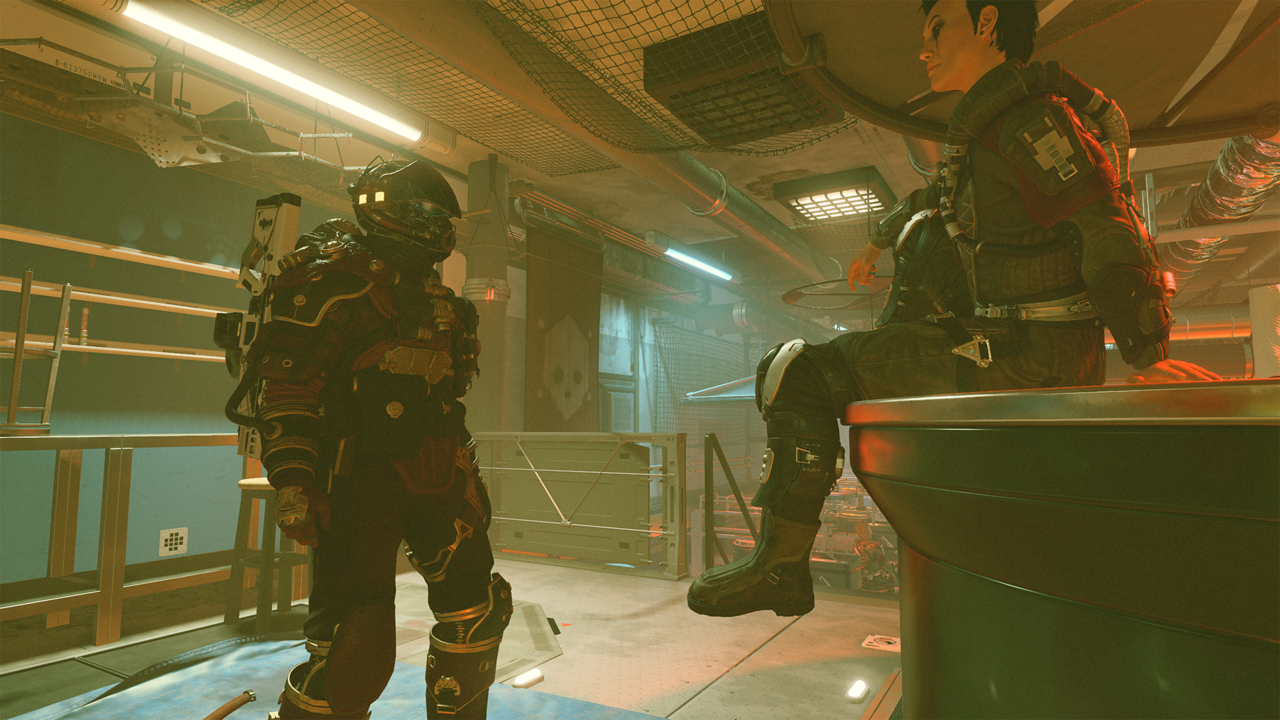
While some players undoubtedly focus on the main story quests of these games, that’s not what many of us are there for. Some of this applies to story-based games in general, but it’s especially the case with these immersive open-world games. They offer us two primary things: a place to explore that is both more exciting and less dangerous than the real world, and the opportunity to check lots of boxes.
We want to get lost in these worlds–to explore a place, play around in it, and feel like our time spent there matters. We want to interact with the NPCs, find every bit of loot, and complete every quest. Out in the real world, it can be difficult to get the kind of feedback you want when finishing a task. Someone might say thank you, but that’s about it. Games give us something more concrete: a quest log entry, a cool hat or stick, and (most importantly) a cool guitar stinger to confirm that the quest is in fact complete.
When these games come with a hard ending–one that effectively concludes your character’s adventure through death, relocation, reincarnation, and things like that–it acts as a reminder that the place we’ve been living in, whether that’s Night City or Whiterun or Megaton, isn’t actually a place. It’s a wax museum, a theme park for us to run around in, but ultimately it revolves around the idea of us completing a pre-set storyline. It stops functioning as a world once we’ve completed the story. We can’t even see how our potentially world-altering choices have altered the world.
For many of us, these games are also hoarding simulators. We want to be able to pick up every single thing and see that we’ve picked up every single thing–despite how frustrating that is for the developers who have to design systems that keep track of all of our items without crashing the game.
As much as our skills and levels are a part of our history in the game world, all of the stuff we’ve collected throughout these journeys acts as a sign of our passage. We aren’t forming intimate relationships with these guns like you might in a game like Destiny, but a good collection of weapons can act as a reminder of just how much we’ve done in the game–a sign that the last 80 hours of gaming wasn’t for nothing. Of course, that style of play isn’t going to resonate for lots of gamers, but for those who thrive on these kinds of games, it’s a crucial component.
This is a game that doesn’t end
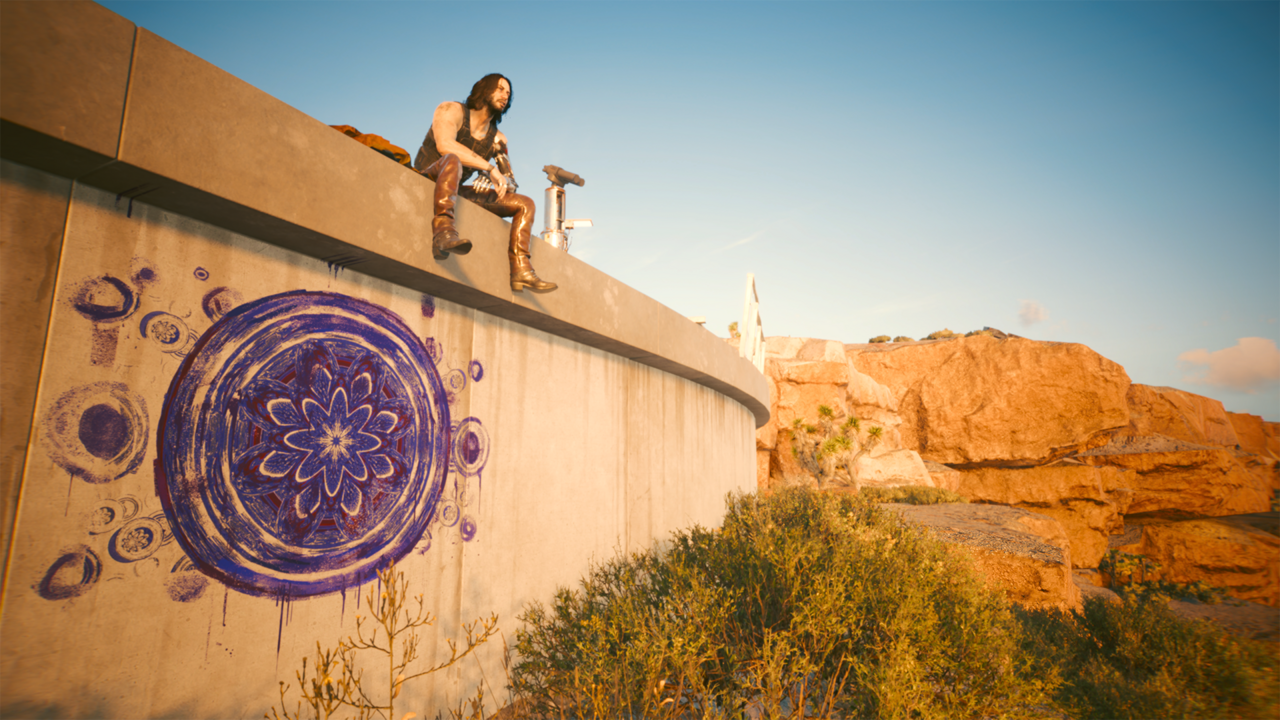
One of the latest entries in this genre is Starfield, and it highlights the disconnect between the needs of the story and the wants of many players during both the first and last hours of its primary campaign, specifically with regard to the players’ desire for an ongoing experience. Minor spoilers for the early hours of Starfield: As you start Starfield, your character is out of sorts and getting ready to do some mining on a planet somewhere in the galaxy. You put your hands on a rock that gives you a transcendent vision, and the quest is off. If you pursue the main quest, you discover in the early hours that there’s another level of being out there, the Starborn. Are they aliens? Advanced humans? Gods? Finding out is part of the point, but once you follow the main quest for just a few hours, you start to pick up new abilities–you can slow down time, swap gravity, and send out physical force blasts (that last one seems familiar…), among other things.
Starfield’s ending, meanwhile, is perhaps both the most novel one in recent memory and yet also continues the trend of not delivering what many players want from these games. While we won’t go into the nature of the ending for those who yet finished the game, we can talk about it in the abstract. You can complete the ending, world-altering choices included, and the effects of many of your decisions will be laid out to you in a way that allows you to navigate through and learn about them in whatever order feels right to you.
You can then continue through a New Game Plus mode, which presents you with a very similar version of the game world but which will be different in some crucial ways. However, there’s one difference we can speak frankly about: Your powers and experience carry over, but you leave everything else behind–guns, ships, armor, unfinished quests, and so on.
What’s wrong with that?
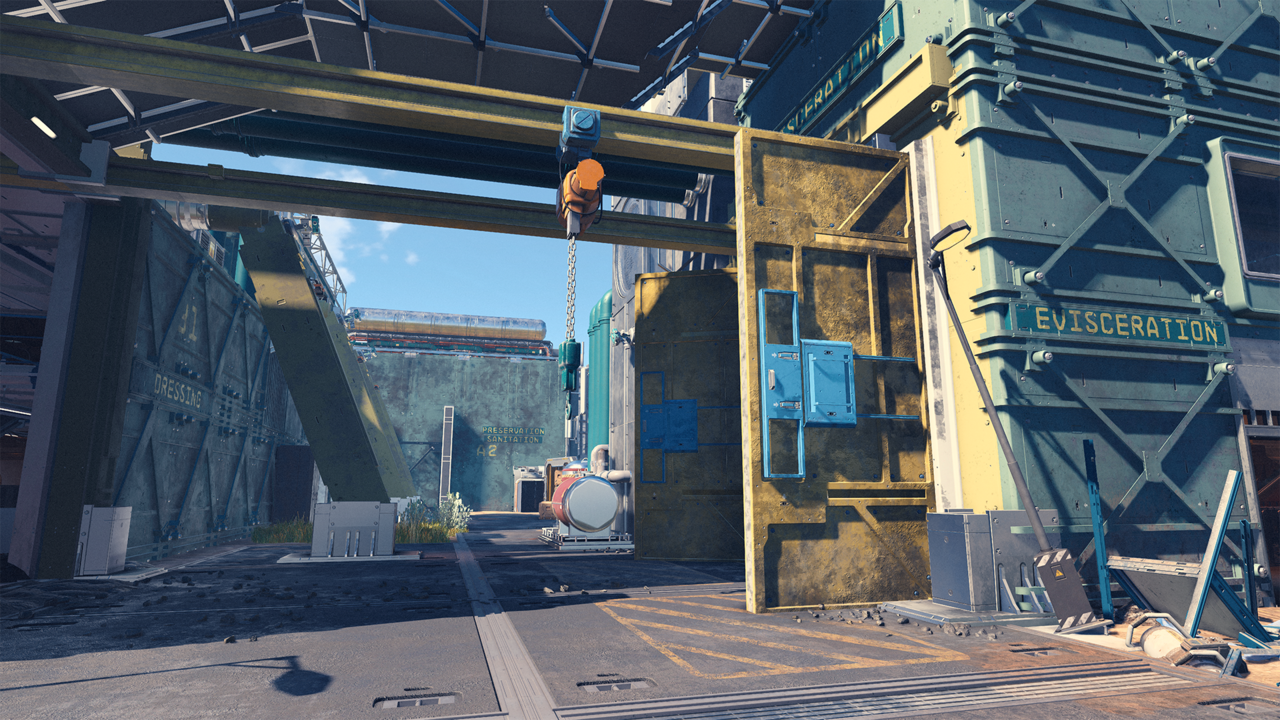
It takes a few hours and doing a few of the main quests in Starfield to pick up those cool space powers, and therein lies the problem. There’s a close analog to this problem in a game from 2014: Dragon Age: Inquisition.
When Dragon Age: Inquisition was released, a piece of advice quickly began to flit around the community: Get out of the Hinterlands. Dragon Age: Inquisition had many of the aspects that made both Dragon Age itself and open-world games a blast to play, but it also had tons of busywork and collectibles, and it was easy to burn out on the grind of it all before you even left the world’s opening area. According to Xbox Achievement data about Starfield, only 72% of players of Starfield ever made it to space, and only 53% joined Constellation–which is the first thing you do in the main questline. The numbers are somewhat higher on Steam–89% and 79%, respectively. There’s likely some influence there from Game Pass and the way it allows gamers to dip into a game and try it out, but that still speaks to the fact that a good portion of those who play Starfield aren’t taking the first steps into the game’s main questline.
Main questlines have developed a reputation for limiting what we can do elsewhere in the game; these stories, as you might hope, tend to be the things that are most likely to alter the game world. If you side with Skyrim’s Imperials, will that cut off all of the Stormcloaks quests? Aligning yourself with one faction should cut off your access to the other faction–these games hope to tell a story where our choices feel like they matter, where the world around us reflects the actions we’ve taken. But when developers shouted, “Please play our carefully crafted main questlines,” many players looked down and whispered, “I’m busy collecting 150 potatoes.” We don’t want our access to side quests cut off because we made the mistake of dabbling in the main questline.
Many games have gotten better over time about warning gamers that they’re stepping into a point of no return, but we still don’t feel like we can trust the game to warn us about those moments. And so players will often avoid that questline, whether out of fear of losing opportunities or just not wanting to feel railroaded in a game they think is supposed to be all about freedom.
Many gamers–this one included–are reluctant to explore the primary campaigns in these games because they worry that doing so will cut off their access to other questlines. And so as hard as the developer might try to point them in the direction of the main questline, many of us find ourselves running in every direction but that one–our perception of the ending affects how we play the game from moment one. As a result, many players in Starfield’s early days were getting dozens of hours into the game before finding out that there was this whole other mechanic that fundamentally changes the way they play the game. This major mechanic needs introduction and context, but we give this path a wide berth because we’re worried about it cutting off the potential possibilities that lie ahead of us. It’s a disconnect between the created story and the one we’ve imagined for ourselves, and so give that golden path a wide berth while we check every other nook and cranny in the game world to avoid having our fun cut off unexpectedly.
My precious things!

Those who have embraced Starfield’s main questline, meanwhile, are excited to hear that there’s a New Game Plus that lets them carry over their progress–only to reject the idea once they hear that they’d lose all of their ships and guns by completing the game. Games like these are about personalization. You’re choosing not just what skills and abilities your character has, but also what they look like, where they live, and what kinds of vehicles they drive around in. Maybe you’re a motorcycle-riding samurai in Cyberpunk, or you pilot a cantankerous hauler through the star systems of Starfield.
Starfield’s very nature asks you to get deeply invested in your character and makes the majority of the ways to do that center around acquiring external items. Your skills affect this–you can’t chat your way out of a dangerous situation if all of your skills revolve around punching stuff hard–but it’s not as much fun to go look at a stat of “number of conversations had” as it is to look at the rad space suit you got for infiltrating an enemy base and taking down the commander. Starfield says, “Please get invested in your character,” but the New Game Plus, which resets all of your money and possessions, is saying the opposite. Bethesda could be making a statement about reincarnation and the meaninglessness of possessions here, but there’s not a lot elsewhere in the game to support that.
What’s the point of an ending?
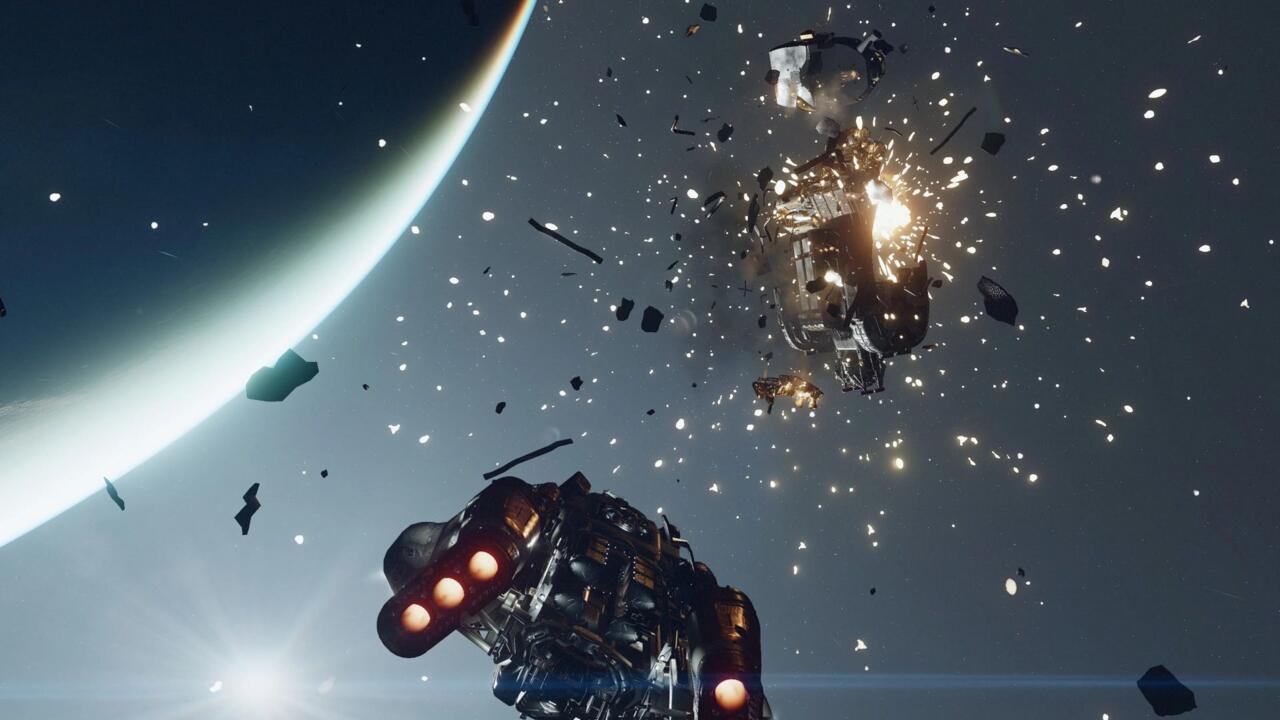
These main questlines are optional, of course, insofar as you can play these games however you want. It feels almost more like a Call of Duty campaign mode, though, in that a huge number of the people who play the game skip the campaign so that they can play all of the other content. On the one hand, developers could further disguise the main quest, or make it harder to avoid, but that risks players feeling tricked or railroaded. But then, not having a main questline at all could make players feel like the actions they’re taking are pointless.
A soft ending–that is to say, an ending that lets you continue playing afterward–can be a happy medium for this. It is limiting in that you can’t give the players a tragic ending, and a hugely world-altering ending would be hugely taxing when you consider that only a smaller percentage of players are going to see it. Developers like CD Projekt Red and Bethesda work tirelessly on these games for years, and their hard work shouldn’t be overlooked. You can play any of these games for a hundred hours and still have stuff to do if that game world tickles your particular fancy. They can be unimaginably huge like Starfield, or densely detailed like Cyberpunk.
But developers need to consider the reasons some of us avoid their stories, offering more open endings and giving compelling reasons why we can’t possibly miss out on their stories. Otherwise, they risk turning off exactly the people who are going to play their games the longest, buy the special editions and expansions, install the mods, and hang out on the message boards–in other words, their most devoted audience.

